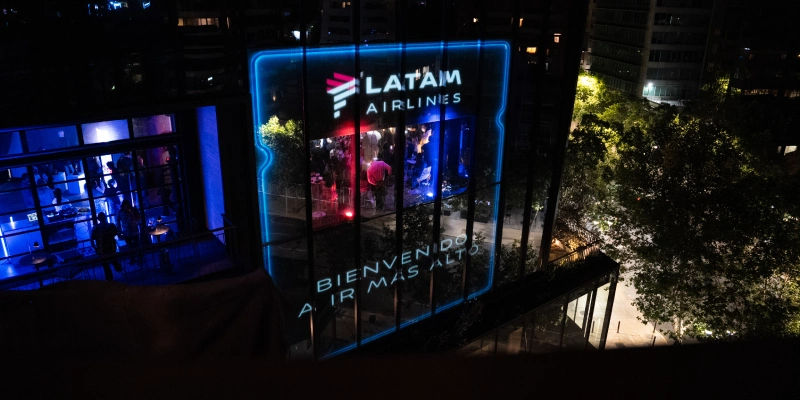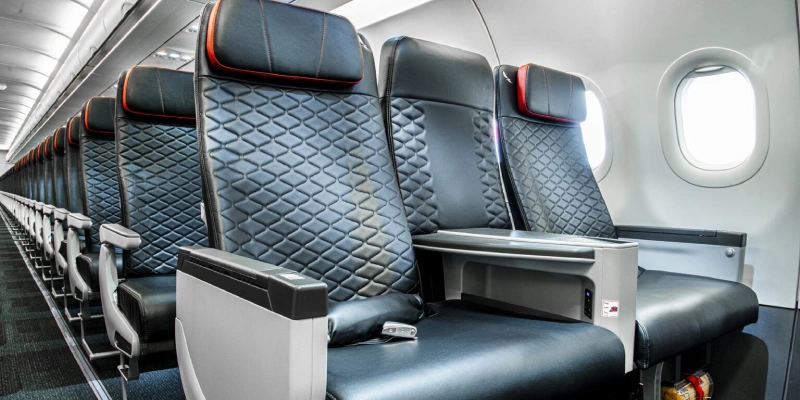The investigation into the Air India Boeing 787-8 crash, which claimed over 240 lives, is centering on key elements of the takeoff phase: engine power, flap operation, and the reason the landing gear failed to retract properly, according to sources close to the investigation. The fact that the aircraft began losing altitude so soon after takeoff with the landing gear still deployed has raised significant concerns among technical teams.
The investigation is also examining whether Air India bears any responsibility, such as in maintenance practices, the sources added.
India Imposes Emergency Checks on Entire Dreamliner Fleet
In an immediate response to the crash, India’s aviation regulator has mandated inspections for all Air India Boeing 787-8 and 787-9 aircraft, totaling more than 30 units. The new guidelines include:
- A one-time review of takeoff parameters before each flight, effective from June 15 at midnight.
- Inspection of flight controls during transit checks.
- Engine power verifications to ensure proper performance over the next two weeks.
The government is even considering temporarily grounding the entire 787 fleet as the investigation progresses.
→ Air India Negotiates New Mega Order for Narrow-Body Jets
One Black Box Recovered; Cockpit Voice Recorder Still Missing
Rescue teams and investigators have recovered the digital flight data recorder, one of the two black box devices, from the roof of the impacted building. However, the cockpit voice recorder—a critical component for understanding events inside the flight deck—remains missing.
Government and Corporate Responses
Prime Minister Narendra Modi visited the crash site in his home state of Gujarat, where he was briefed on rescue efforts. He also went to the hospital to meet with some of the injured. “The scene of devastation is heartbreaking,” he wrote on his official X (formerly Twitter) account.
The tragedy occurs amid a period of transformation for Air India. Since its acquisition by the Tata Group in 2022 and merger with Vistara (a joint venture with Singapore Airlines), the airline has been undergoing modernization. In an internal message, Tata Chairman Natarajan Chandrasekaran pledged full transparency in the investigation: “We want to understand what happened. Right now, we do not know.”
GE Aerospace and International Cooperation
GE Aerospace, the manufacturer of the GEnx engines installed on the crashed aircraft, expressed full support for the measures taken by Indian authorities. “Safety is our top priority,” a spokesperson stated. “We are committed to providing all necessary technical support to determine the cause of the accident.”
Investigators from India, the UK, and the US are already collaborating on-site.
First Fatal Crash of a Dreamliner Since Its Introduction
This marks the first fatal accident involving a Boeing 787 since its entry into service in 2011, according to the Aviation Safety Network database. The crashed aircraft first flew in 2013 and was delivered to Air India in January 2014, as reported by the specialized site Flightradar24.
Among the passengers were 169 Indian citizens, 53 British nationals, seven Portuguese, and one Canadian.
Related Topics
LATAM Airlines Presents Its New Brand Promise: “Welcome to Going Higher”
Avianca Expands Its Premium Flight Experience on Domestic Routes
Copa Airlines Extends Flight Suspension to Venezuela Until December 18
Satena Temporarily Suspends Flights to Venezuela

Plataforma Informativa de Aviación Comercial con 13 años de trayectoria.




